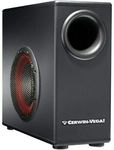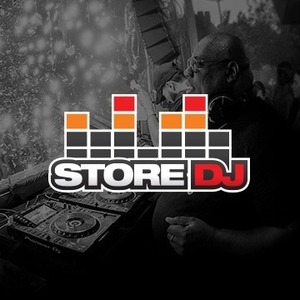UPDATE: Deal updated with most recently available 10% off code.
Original PROUD 10% off Eligible Items on eBay Deal Post
How to setup with other speakers:
https://www.ozbargain.com.au/node/444563#comment-7062098
I know there’s only 5 available but there is another 4x available for purchase at the same price here
For those not concerned about warranty there is 2x more units at a cheaper price here
For a total of 10 units available.
RRP $299
Cerwin Vega are a known reputable brand in the Pro-grade market.
http://www.cerwinvega.com/home-audio/desktop-speakers/xd8.ht…
A cheap option for those looking for lower bass-extension.
Was researching decent subwoofers for cheap and came across this subwoofer with a
very similar build/design to the subwoofer that comes with Yamaha YAS-207 but with a bigger 8-inch driver (6 1/4 inch for YAS-207) and more advanced features (cross-over/phase control).
-
Features:
- Low-frequency crossover/volume/phase (0/180 degrees) control
- Thick MDF enclosure
- High excursion woofer
- Auto on/off
- Compact size delivers large Cerwin-Vega sound
- Includes desktop remote to control the entire system volume (with audio input jack)
- Magnetically shielded to prevent interference
Technical Specifications:
Frequency Response: 35Hz – 255Hz
Frequency Range: 32Hz – 390Hz
Amplifier Power: 80 W RMS
Note: Although I have not owned or experienced this product, I expect it will be lacking in tight/controlled bass desired for listening to music at higher volume levels due to its design. I think it will be fine for movies/games and maybe more mainstream music.
This subwoofer also has the ability to connect directly to source either through RCA or 1/4 inch TRS, then pass-through audio (full frequency range) to speakers through the same connections (for connecting to powered speakers/amplifiers lacking a dedicated ‘subwoofer output’).






Sorry but is it really a subwoofer if it cannot get below 35Hz?